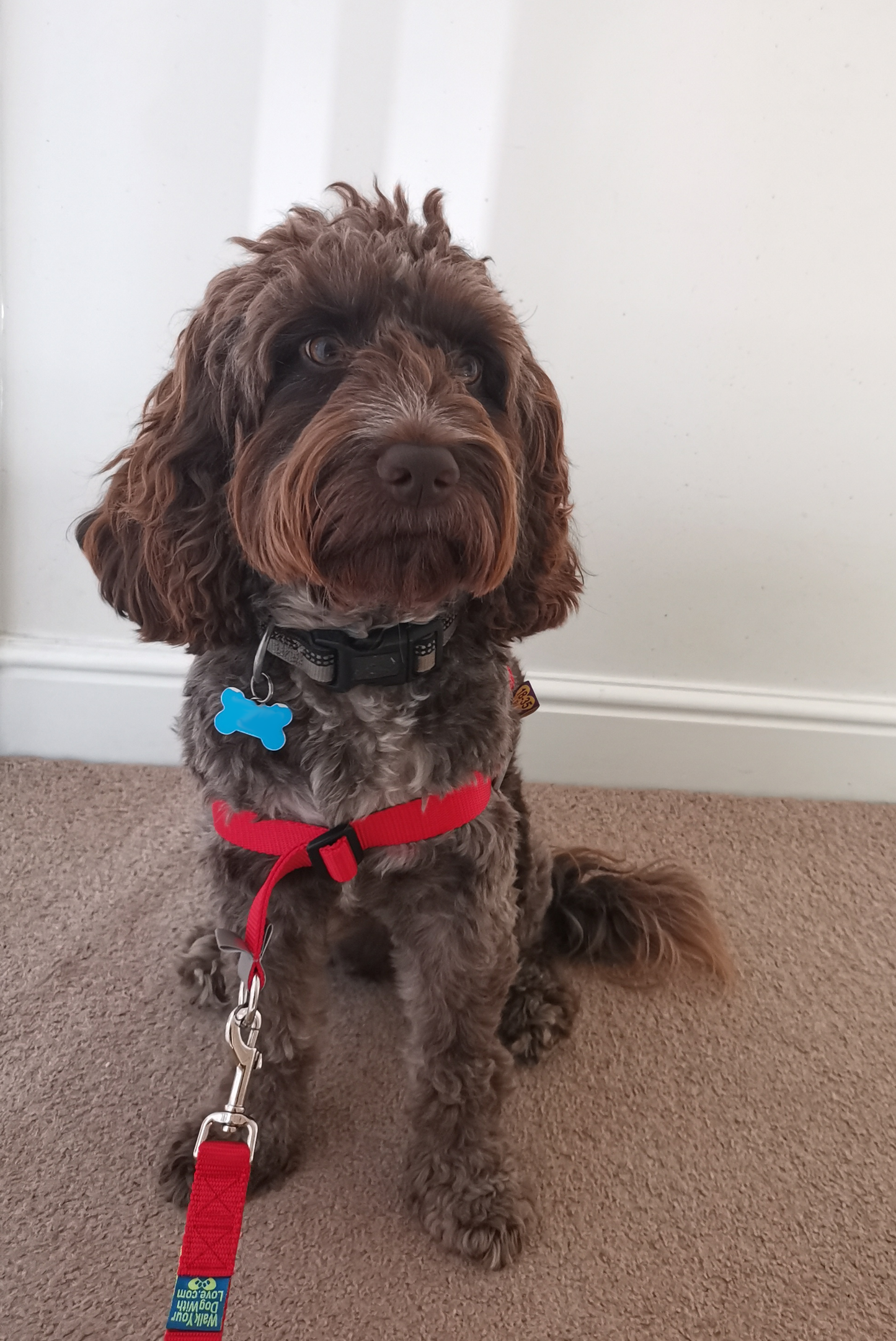Choosing the right lead for your dog is an important decision that can significantly impact your daily walks and overall experience with your pet. With so many options available, it can be challenging to determine which type of lead is best suited for your dog’s needs. Here are some top tips to help you choose the perfect lead for your furry friend.
1. Consider Your Dog’s Size and Strength
The size and strength of your dog are crucial factors in selecting the appropriate lead. A lead that is too thin or weak may not provide adequate control over a large, strong dog. Conversely, a lead that is too heavy for a small dog can be cumbersome and uncomfortable. Make sure to choose a lead that matches your dog's size and strength, ensuring it is sturdy enough to handle their pulls and tugs.
2. Choose the Right Material
Dog leads come in various materials, each with its own advantages and disadvantages. Common materials include:
- Nylon: Durable, lightweight, and affordable, nylon leads are a popular choice for many dog owners. However, they can cause friction burns if your dog pulls excessively.
- Leather: Leather leads are strong, comfortable, and long-lasting. They soften with use and can be more comfortable to hold. Leather leads are often preferred for their durability and classic look.
- Chain: Chain leads are best suited for dogs that tend to chew on their leads. While they are strong and durable, they can be heavy and uncomfortable for both the dog and the handler.
Consider your dog’s behavior and your own comfort when choosing the material of the lead.
3. Evaluate the Length
Leads come in various lengths, each serving different purposes. Short leads (4-6 feet) provide better control, making them ideal for training and walking in busy areas. Longer leads (10-30 feet) offer more freedom for your dog to explore while still being under control, perfect for open spaces and less crowded areas. Think about your typical walking environment and your dog’s behavior when deciding on the lead length.
4. Look for Safety Features
Safety should always be a priority when choosing a lead. Look for leads with reflective materials or stitching, especially if you often walk your dog in low-light conditions. Reflective leads enhance visibility and help keep you and your dog safe. Additionally, some leads come with padded handles to prevent hand strain and provide a more comfortable grip.
5. Consider Specialized Leads
Depending on your dog's needs and activities, you might consider specialized leads. For example, no-pull leads are designed to discourage pulling and improve walking behavior. Retractable leads offer adjustable lengths, giving your dog more freedom while allowing you to reel them in when needed. Training leads often feature multiple loops or clips for versatility during training sessions.
Conclusion
Choosing the right lead for your dog is essential for enjoyable and safe walks. By considering factors such as your dog's size and strength, the material of the lead, its length, safety features, and any specialized needs, you can find the perfect lead to suit both you and your furry friend. A well-chosen lead can make all the difference, turning your walks into a pleasant and bonding experience. Visit our shop to explore a wide range of dog leads and find the ideal one for your pet today.










